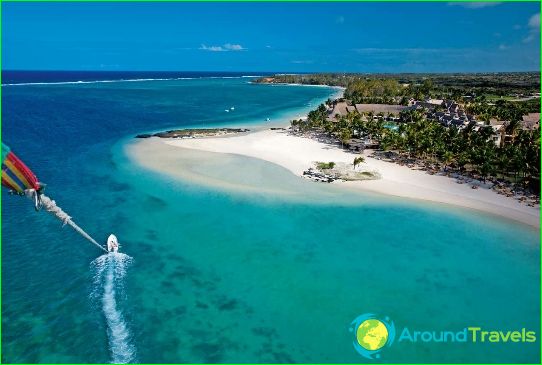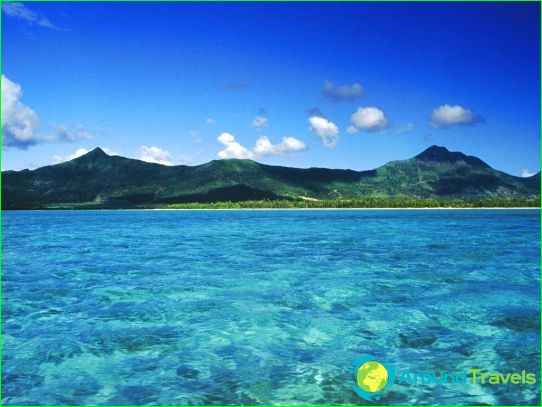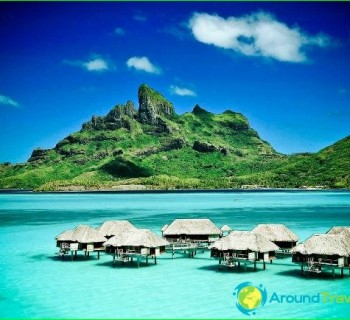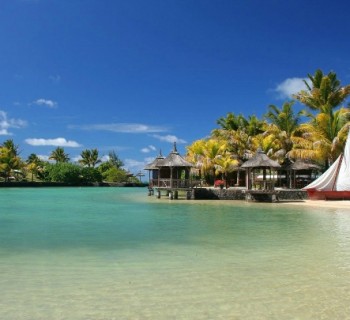Mauritius island
In East Africa there is a picturesque island state - the Republic of Mauritius. It occupies a small area in the southwest of the Indian Ocean. It is 900 km away from Madagascar. The island of Mauritius is the largest land area in this ocean region. It is included in the vast group of Mascarene Islands.
The area of the island of Mauritius is approximately 1900 square meters. km. It arose after volcanic eruptions. Its relief was smoothed out by winds, moisture and temperature changes. Mauritius is 3,000 km away from Africa. Apart from it, the Macarena Islands also include the Cardagos-Carajos archipelago, as well as the islands of Rodrigues and Agalega. The aforementioned islands are part of the state of the Republic of Mauritius. The total area of the country is 2040 sq. km. The capital of the country, Port Louis, is located in Mauritius. The island of Mauritius was discovered by the Portuguese in the early 15th century..
Features of the relief
Mauritius was formed on the site of a volcano that has long ceased its active activity. The relief of the land has been smoothed out by natural factors. The island has the central Kurpip plateau, which is adjoined by other plateaus. The highest Savannah plateau has the highest point - the Riviere Noir peak, located at an altitude of 826 m. The plateau of the island is surrounded by plains where the local population grows reeds. In Mauritius, sugar cane plantations occupy more than 45% of the total area. There are many coral reefs in the coastal area.
Climate features
The island of Mauritius is located in a maritime tropical climate. Cyclones periodically appear over the waters of the Indian Ocean. Powerful winds hit the island lands every year. Their speed is sometimes 220 km / h. Floods often occur here due to prolonged downpours. Moreover, the humidity in Mauritius is lower than in many other tropical islands. Therefore, the local climate is well tolerated by Europeans..
Cyclones destroy crops in Mauritius. Only sugar cane can withstand the powerful pressure of the elements. The warmest month is February, when the air temperature reaches +23 degrees on the coast. The coldest month is August, during which the temperature is +19 degrees. This is a favorable environment for the cultivation of sugar cane. Other crops (tea, agave, tobacco) are planted only in mountainous areas.
Mauritius nature
The Republic of Mauritius is distinguished by paradise landscapes. The flora includes over 700 plant species. However, many of them have almost disappeared due to the violent activities of people. The island of Mauritius is famous for its rich underwater world. In the coastal areas, there are many bright tropical fish, molluscs, crustaceans, etc. In the depths of the sea there are wrecks that remained there in the 17th century.





